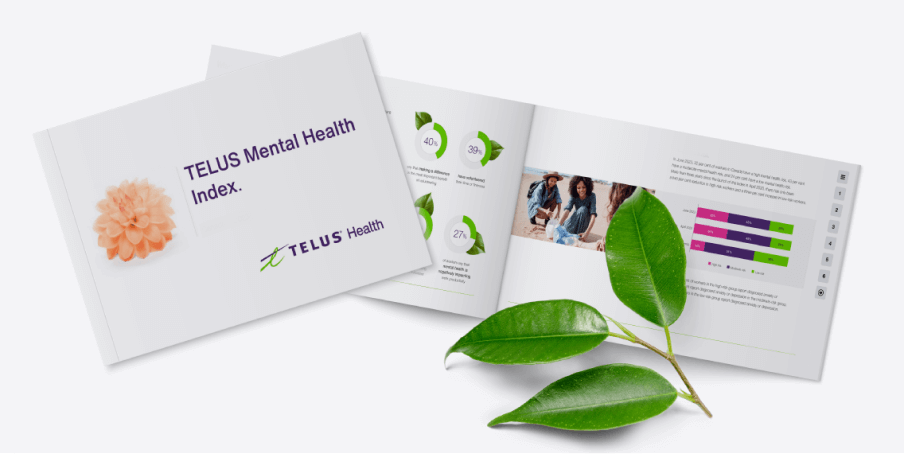Winter adventures with your dog: a guide to snowy sports and safety
As the snow blankets our Canadian landscape, winter offers a unique opportunity to strengthen your...
 TELUS Mental Health Index
The mental health and wellbeing of your workforce is critical when it comes to overall health – and productivity at work.
Our recurring reports measure both and provide insights into issues that make a difference to them.
Explore and subscribe today
TELUS Mental Health Index
The mental health and wellbeing of your workforce is critical when it comes to overall health – and productivity at work.
Our recurring reports measure both and provide insights into issues that make a difference to them.
Explore and subscribe today